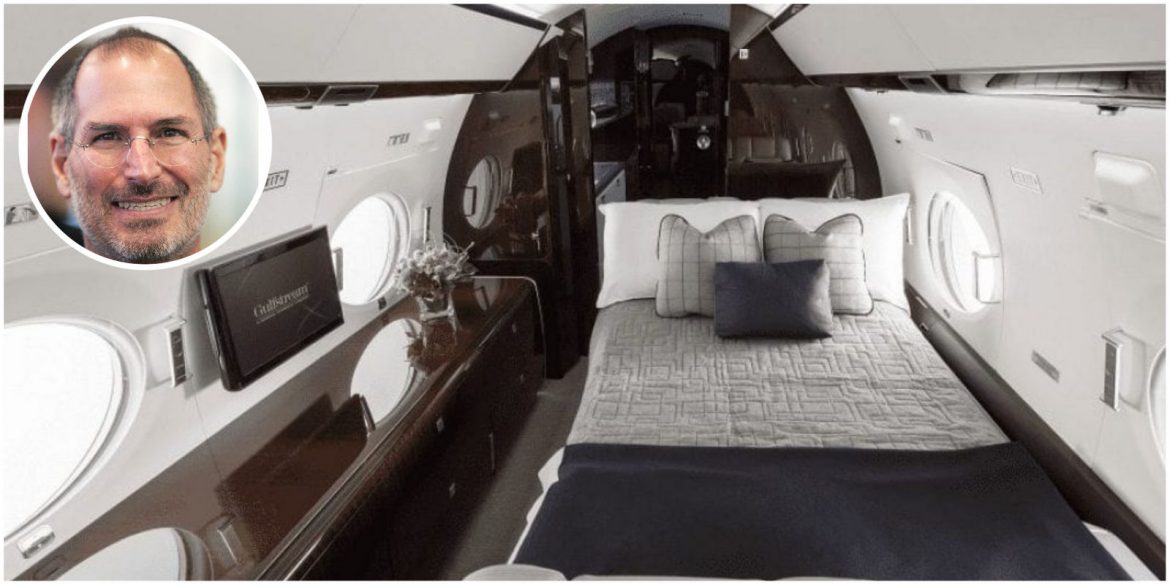Steve Jobs was one of the greatest minds of our time who played a pivotal role in shaping the landscapes of the technology world as we know it. There are countless interesting stories from the relatively short life of Jobs and a lot of them have been beautifully captured in his biography by Walter Isaacson. This particular one is around a private jet that ferried the tech world’s superstar to different parts of the world till his final days. It was in 1997 when Steve Jobs was asked to return to Apple after being unceremoniously thrown out in 1985 from the company he had co-founded. The company was on the brink of bankruptcy and Jobs was given the unthinkable task to save it from an eminent collapse. Jobs became the architect of one of the greatest corporate turnarounds in history. In less than three years, he had not only managed to save the sinking ship but turn it into an entity that was destined to become the biggest brand in the world.
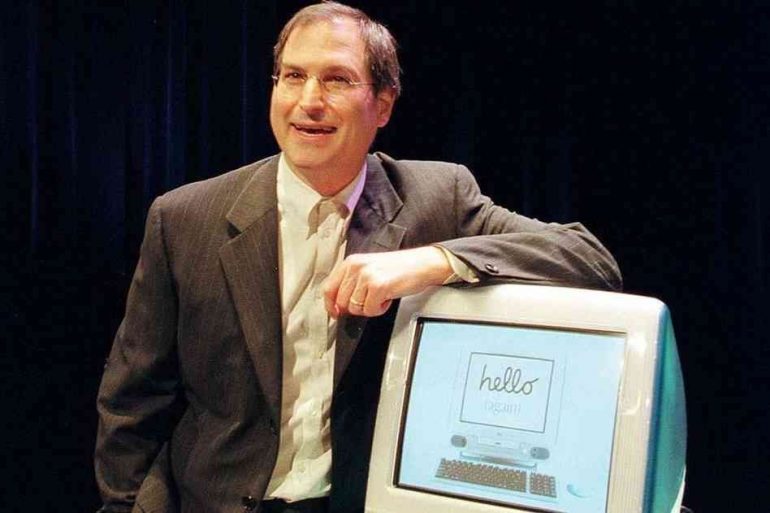
In 1997, Jobs returned to Apple as an interim CEO at a token salary of $1 a year. Within two years, the company was already back on the path of profitability. By the time the world entered into a new millennium, Apple was already setting new sales records by shipping an unprecedented number of computers. Obviously, the board was grateful and wanted to handsomely reward Jobs for engineering the incredible turnaround. He officially became the company’s CEO in January 2000.
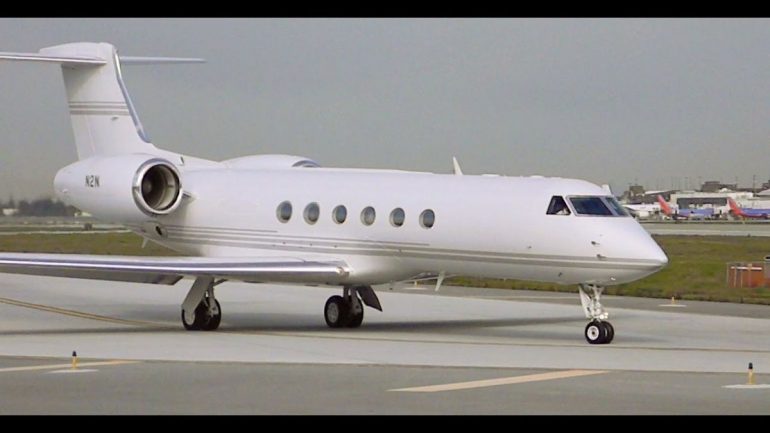
While he continued to receive a salary of $1 a year as the Apple chief, he was rewarded with 10 million stock options and a brand new private jet worth $45 million (total cost for Apple: $88 million). An SEC investigation from 2009 revealed that it was a demand put forward by Jobs himself. The report cites Larry Ellison, saying: “he brought up the idea: ‘What I really need is a plane where I can take my family to Hawaii on vacation, go to the East Coast.’ and the board agreed.” Larry reportedly responded to the demand by saying, “With what he’s done, we ought to give him five airplanes!”
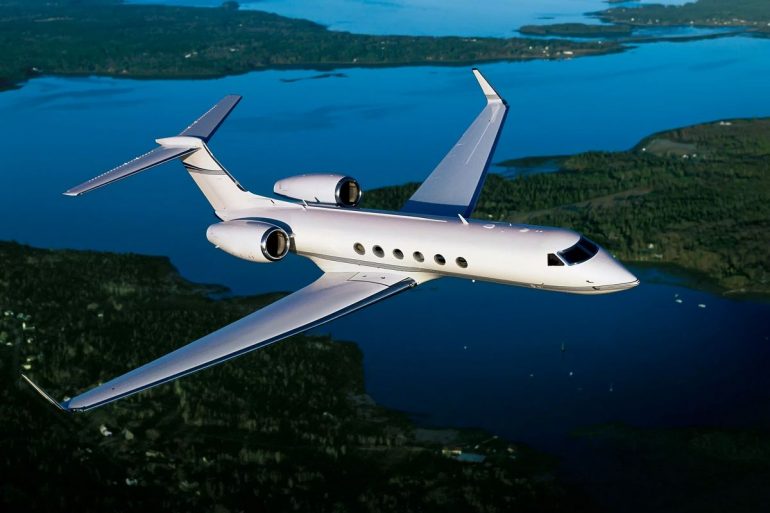
The business jet Steve Jobs received as a reward for his contributions was a Gulfstream GV.
It is a long-range, large business jet aircraft that was produced by Gulfstream Aerospace between 1997 and 2002, before being replaced by the improved G600. The aircraft has a range of 6,500nm (about 7500 miles), a top speed of Mach 0.885 (roughly 60mph), and fly up to 51,000ft. Reports suggest that Jobs spent over a year customizing the interior of the aircraft, taking the help of Apple’s chief design officer Jony Ive who is famous for penning the designs of some of the most iconic Apple products. Isaacson’s biography notes that Jobs used Ellison’s own Gulfstream as a starting point and made a number of improvements. “I look at his airplane and mine, and everything he changed was better,” said Ellison.
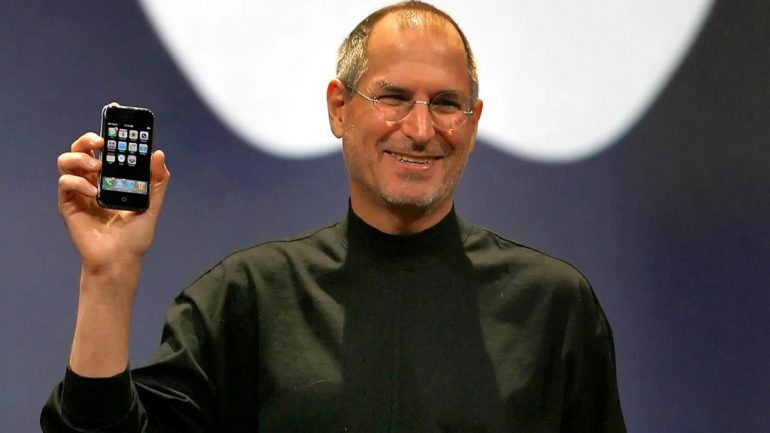
The Gulfstream GV was intended to help Jobs juggle between his two jobs (CEO for Apple and Pixar Inc.) and his family. He used the jet extensively to line up and close major deals. According to a report by Forbes, the jet came to his rescue when he had to cut short his vacation in Hawaii and sprint back to California to tackle a botched launch of the iPhone 4. Apple had agreed to reimburse Jobs the operating expenses of his plane when the aircraft was used for attending business related to the company. According to SEC filings, the technology giant reimbursed him $202,000 in 2006, $776,000 in 2007, $871,000 in 2008, $4,000 in 2009, and $248,000 in 2010. If you’re surprised by the low number in 2009, it was because Jobs’ health had taken a beating in that year and he was on prolonged medical leave, dramatically curtailing company-funded travel.

Jony Ive bought the jet for a fraction of the price
If you think Elon Musk is the only billionaire to be pestered by the live tracking of his private jet, then you’re wrong. Jobs had the FAA officially block public tracking of his jet. Not a lot of information is available about Jobs’ Gulfstream GV after his passing, but a report suggests that it was purchased at a sizable discount by none other than Jony Ive from Laurene Powell Jobs. Jony reportedly joked to a friend that “At least I don’t have to redesign anything.” It is also believed that the British designer kept the live tracking block in place. However, according to the registration documents for the aircraft, the dual-engine jet was purchased by a Bank of Utah trustee in 2011 and continues to own it. The serial number of the aircraft was also changed in 2014. Nevertheless, it’s a piece of history that must be preserved.
